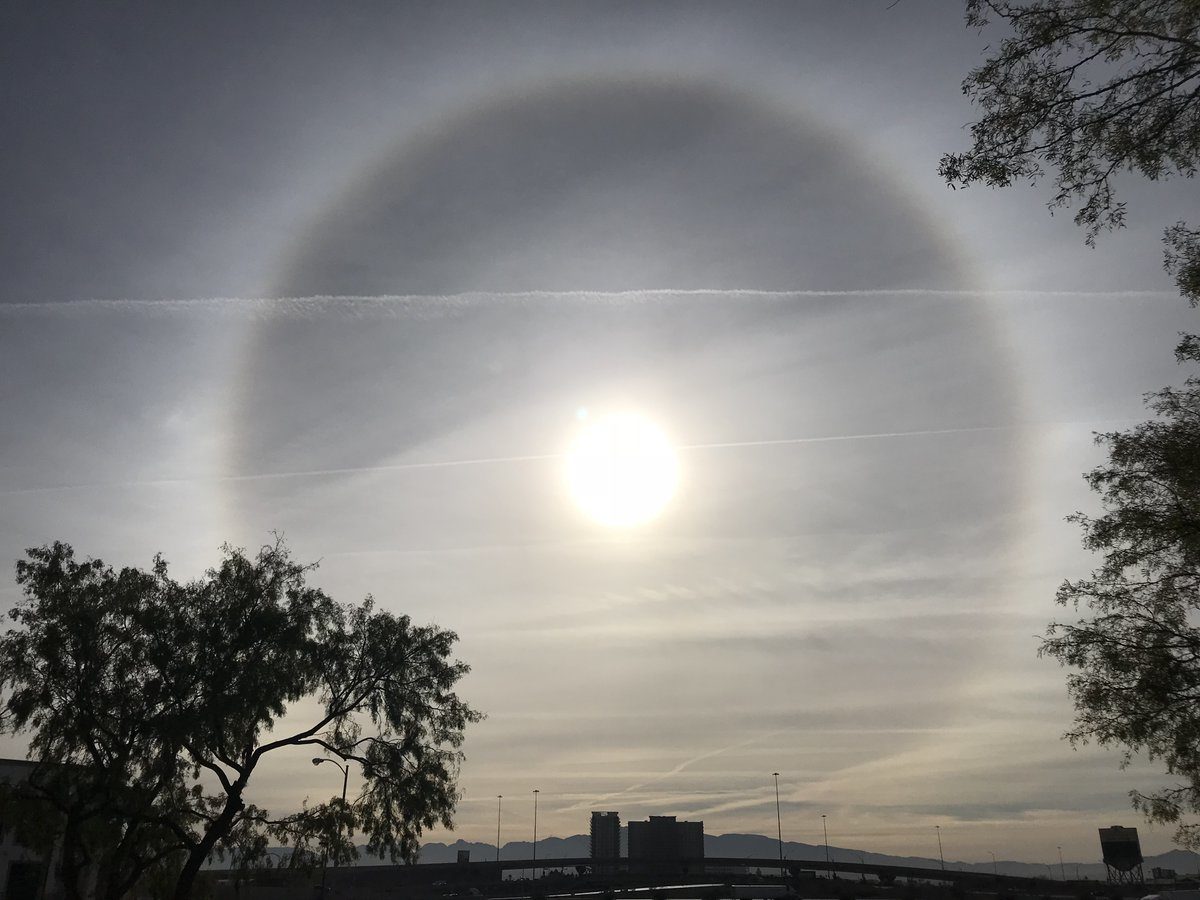OF THE
TIMES
Moscow describes it as a proxy war being waged by Washington and its partners, using Ukrainians as "cannon fodder" to further Western interests....
As far as I can make out this is an official UN Document now archived, the term of service in this link seems to confirm the authenticity, read a...
Whadda think the teacher is gonna look like this year....[Link] Ah the good old days when music videos were fun and not satanically symbolic.
🪓🪛 will work, besides pulling out the wires.
What's coming down the pipe to distract from with a home grown FF?
To submit an article for publication, see our Submission Guidelines
Reader comments do not necessarily reflect the views of the volunteers, editors, and directors of SOTT.net or the Quantum Future Group.
Some icons on this site were created by: Afterglow, Aha-Soft, AntialiasFactory, artdesigner.lv, Artura, DailyOverview, Everaldo, GraphicsFuel, IconFactory, Iconka, IconShock, Icons-Land, i-love-icons, KDE-look.org, Klukeart, mugenb16, Map Icons Collection, PetshopBoxStudio, VisualPharm, wbeiruti, WebIconset
Powered by PikaJS 🐁 and In·Site
Original content © 2002-2024 by Sott.net/Signs of the Times. See: FAIR USE NOTICE

Reader Comments